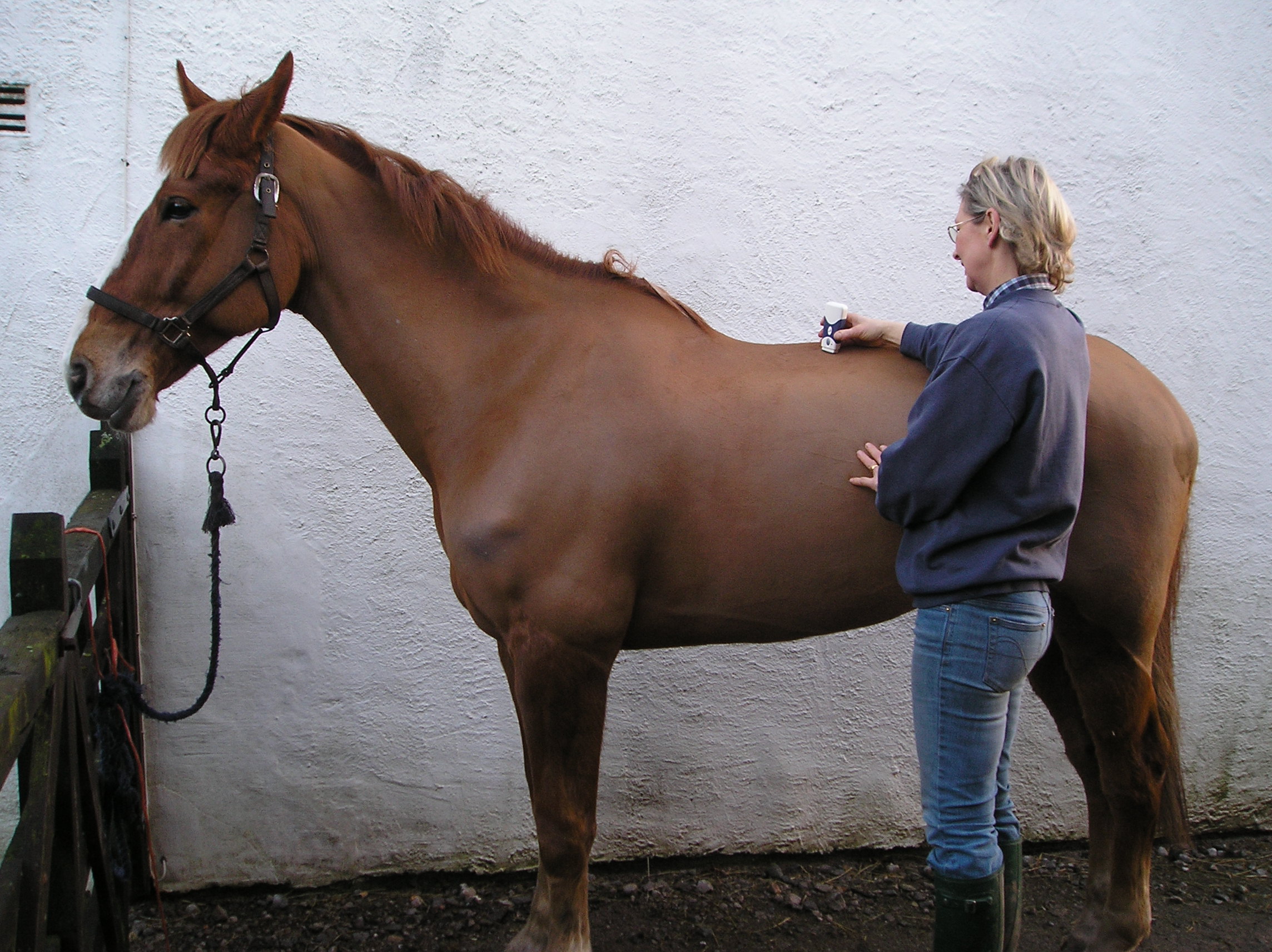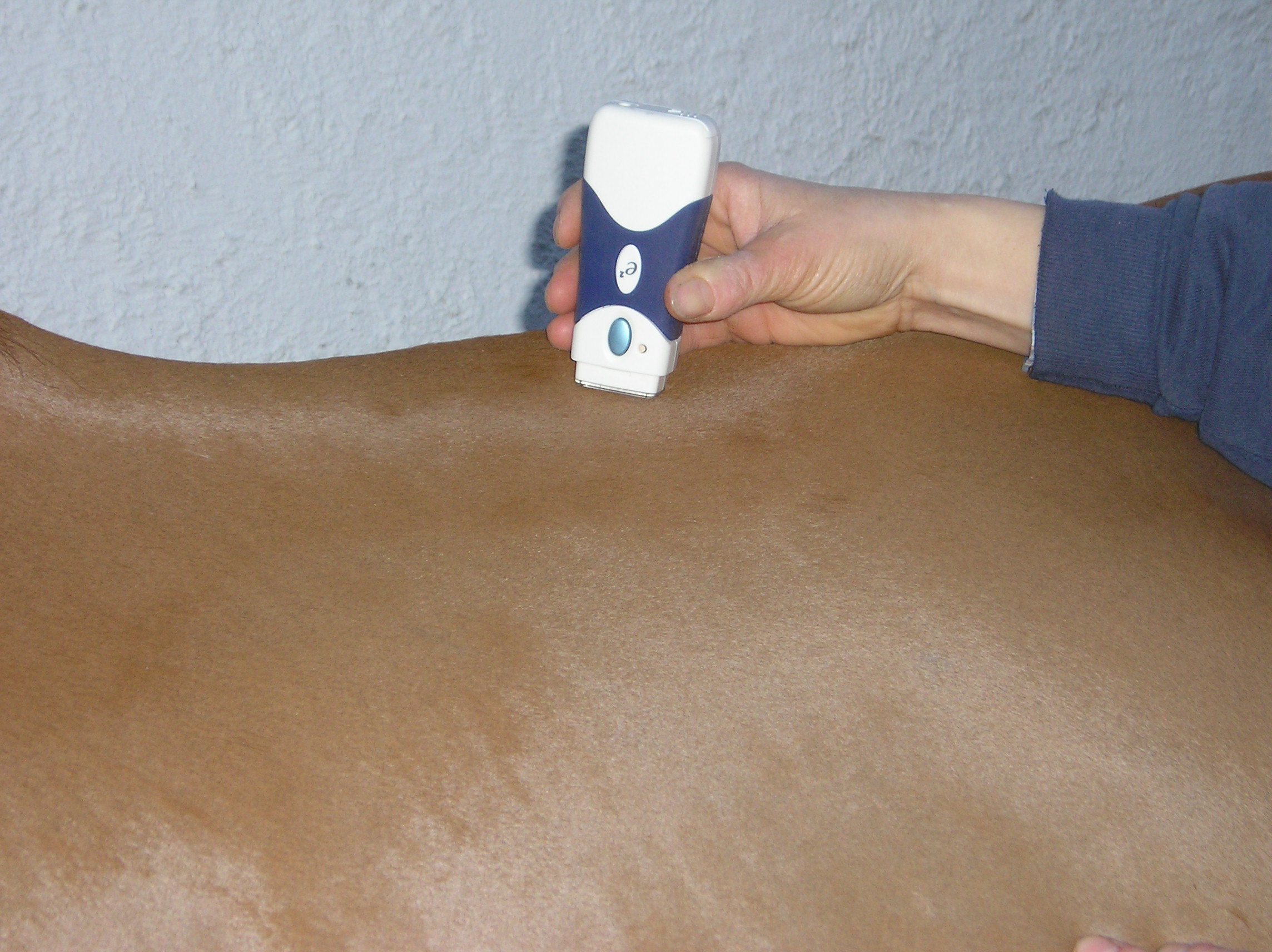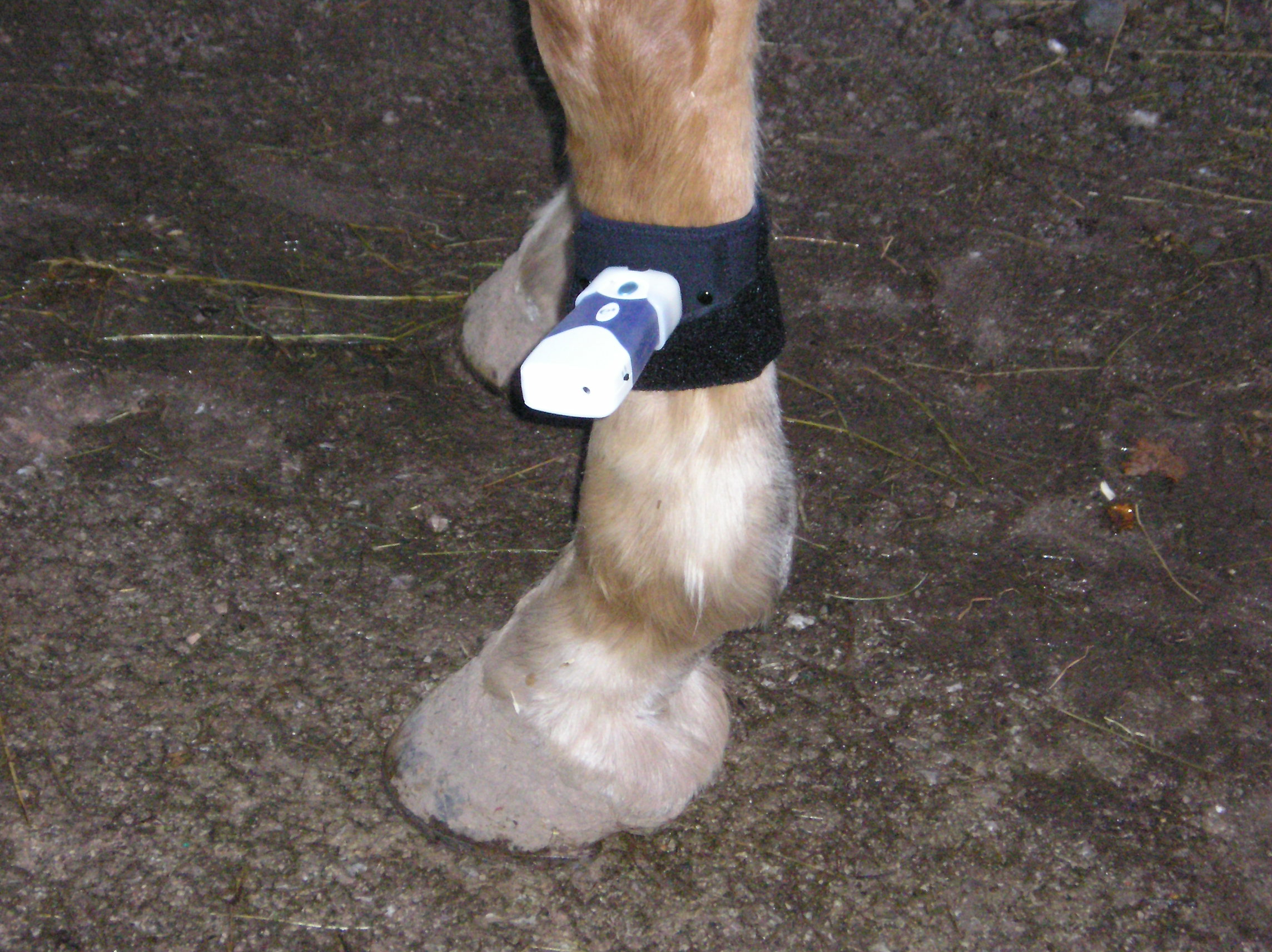What is it?
A laser is a device that produces an intense narrow beam of light by amplifying radiation that is within or near the frequency of visible light. Light Amplification by Stimulated Emission of Radiation.
Lasers are of two principal types, “hot” and “cold”, and they are distinguished by the amount of peak power they deliver. “Hot” lasers deliver up to thousands of watts and they are used in surgery to make clean incisions with little or no bleeding. The laser cauterises the incision as it cuts. “Cold” lasers produce a lower average power of 100 milliwatts or less. This is the type of laser which is used for therapeutic purposes and is frequently pulsed. The light is on for a fraction of a second because it is pulsed very rapidly. This pulsation results in a very low average power output compared to the maximum peak output. Therapeutic lasers produce a high peak but low average power output.
Laser therapy is the application of visible red or invisible infrared light over injuries or lesions to improve wound/soft tissue healing and to give relief for both acute and chronic pain. This is now referred to as Low Level Laser Therapy (LLLT).
Light therapy has been shown in over 40 years of independent research worldwide to deliver powerful therapeutic benefits to living tissues. Visible red light penetrates tissues to a depth of 8 – 10 mm and is therefore useful for treating problems close to the surface such as wounds, cuts and scars. Invisible infrared light penetrates to a depth of up to 8 cm and therefore is very beneficial for treating soft tissue injuries and conditions of muscles, tendons and bones. It is this infrared light which is utilised by the Equi-
How does it work?
The effects of low level laser energy are to trigger normal cellular function. During times of injury cellular function is compromised. The introduction of laser energy stimulates physiological changes at cellular level including changes in cell membrane permeability and increased adenosine triphosphate (ATP) level and DNA production. All of these responses contribute to resolve inflammation, reduce and eliminate pain, enhance tissue repair and contribute to the overall compliance of the patient to supervised movement earlier and with ease.



What does Low Level Laser Therapy do?
- It increases vascularity (circulation) by dilating the blood vessels and also increasing the formation of new capillaries to replace the damaged ones. This speeds up the healing process by carrying more oxygen as well as nutrients needed for healing to the site of injury. Also non viable cellular debris and waste products are removed thus enhancing more rapid repair and regeneration.
- It stimulates the production of collagen. Collagen is the essential protein used to repair damaged tissue and replace old tissue. This can help to reduce scarring and improve the final tensile strength of the healed tissue.
- Stimulates fibroblastic activity. Fibroblasts are present in connective tissue and are capable of forming collagen fibres which aids the process of repair.
- Stimulates the release of ATP. ATP is the major carrier of energy to all cells. Increases in ATP enables the cells to accept nutrients and eliminate waste products faster by increasing the energy levels of the cells. ATP provides the energy for the chemical reactions of the cells.
- Increases lymphatic system activity. Research has shown that lymph vessel diameter and lymph flow can be doubled by the use of low level laser therapy. This in turn means that swelling or oedema can be reduced at a faster rate.
- Increased RNA and DNA synthesis. This helps replaced damaged cells more rapidly.
- Reduces the excitability of nervous tissue. The photons of light energy enter the body as negative ions. This stimulates the body to send positive ions including calcium to the area being treated. These ions assist in regulating the nerves thus helping with the relief of pain.
- Increases phagocytosis. This is the process by which phagocytes scavenge for and ingest dead or damaged cells. This is an important part of the healing process.
- It induces a thermal like effect in the tissues. The light raises the temperature of the cells even though the laser diodes themselves do not produce any heat.
- Stimulates tissue granulation and connective tissue projections. These are the healing process of wounds and inflamed tissue.
- It increases the release of acetycholine leading to normalizing of nerve signal transmission in autonomic, somatic and sensory neural pathways thus aiding pain reduction.
- It increases the production of endorphins. Endorphins are produced naturally by the body and help to reduce stress and relieve pain.
Technology Comparison
| Technology | Explanation |
|---|---|
| Low Level Laser Therapy - wavelength 830 nm Equi-Laser | Pain reduction, cell healing, inflammation reduction, accelerated healing. Long term benefit for healing and pain reduction (up to 12 months). High body penetration up to 8 cm to maximise relief in hard access body areas. Wide application for most forms of chronic and acute pain. |
| Low Level Laser Therapy - wavelength 806 – 960nm | Wide wavelength will reduce therapeutic effect. Bulk can result in difficulty in ‘hard to reach’ areas. |
| Heat devices | Heat devices comfort the pain. Needs to be applied for many hours. Temporary relief only. |
| Electrical Impulse (TENS) | Reduces pain by reducing stimulation of smaller body nerves sensing pain. Requires gel to help conduction and prevent skin drying. Primarily short term pain relief. Maximum penetration 2 to 3 cm. Not a healing device. |
| Cold Therapy eg ice packs, cold hosing | Temporary relief of pain only. Time consuming and must be reapplied at frequent intervals |
Key Features of the Equi-Laser
The Equi-
- Drug free
- Non invasive
- Diode laser emits a specific wavelength of 830 nm infrared light
- Stimulates endorphin production
- Suitable for personal home use
- Portable
- No trailing wires. Can be powered by batteries
- Light weight
- Penetration depth up to 8 cm
- Suitable for both acute and chronic injuries
- Easy to operate
- Provides reliable and effective treatment
What is it used for?
Low Level Laser Therapy can be used to treat a wide range of conditions including:-
- Soft tissue injuries
- Acute ligament and tendons injuries
- Chronic tendon injuries such as bowed tendons
- Arthritic conditions
- Joint injuries
- Muscle strain
- Cracked bones and fractures that are not misaligned
Typical Response
- Rapid pain relief
- Reduction of inflammation and swelling
- Increased mobility and range of movement
- Improved healing
- More rapid return to work
